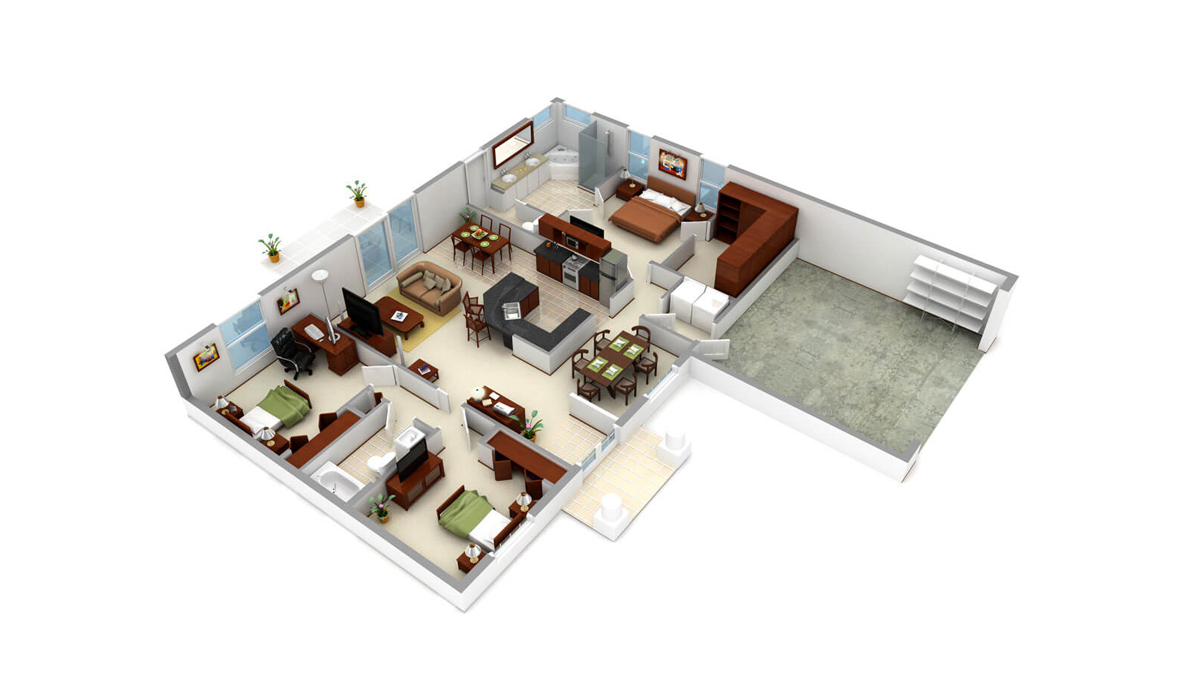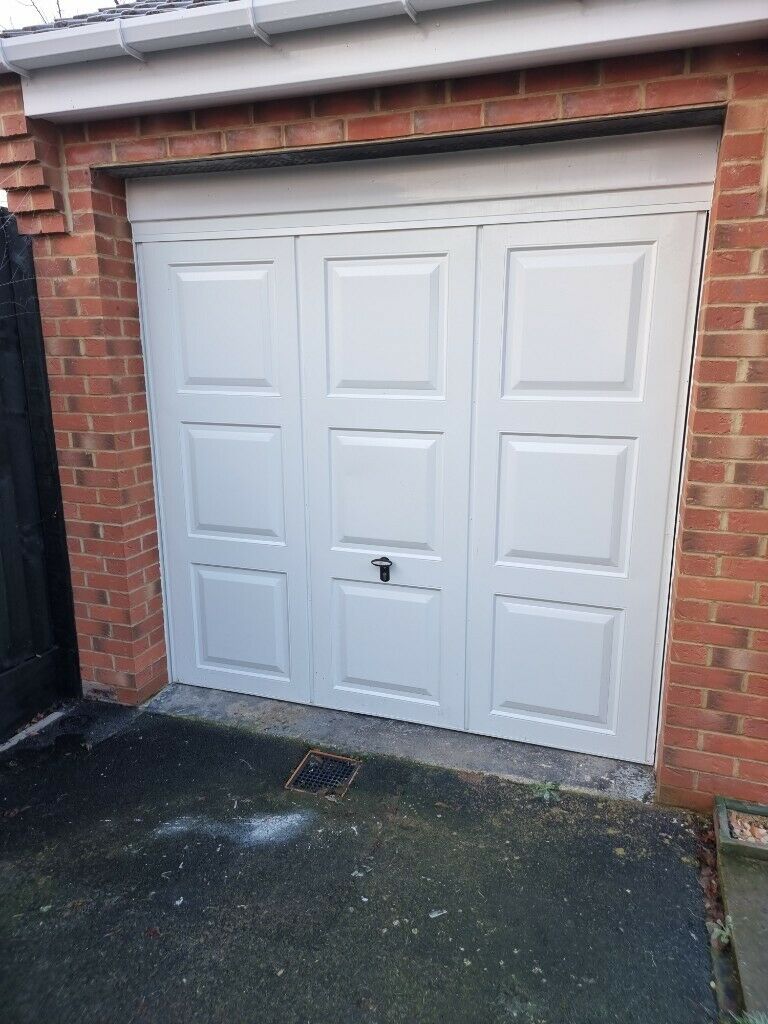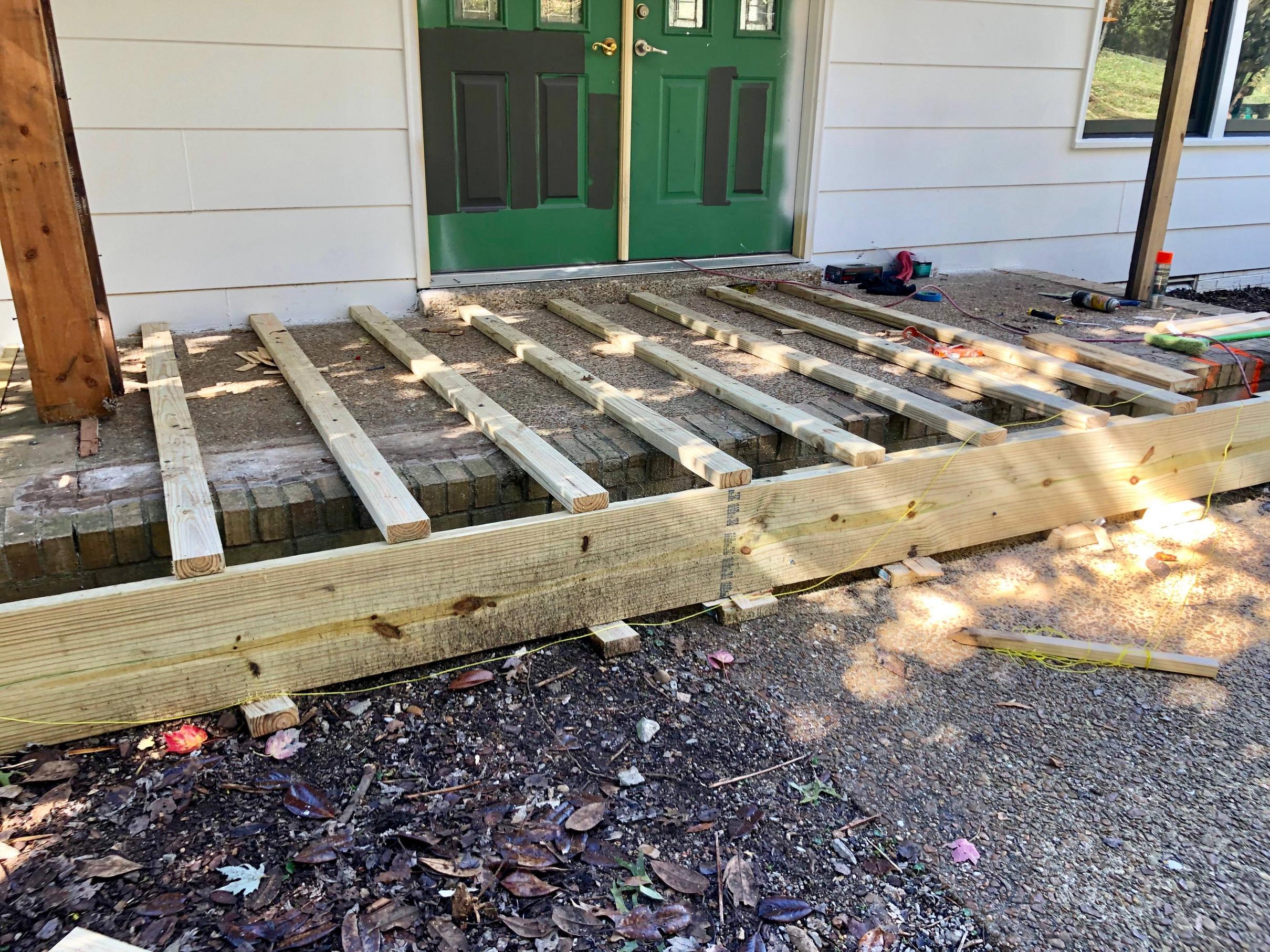
There are several steps that you must follow when you want to finish a garage. You need to insulate your garage. The flooring should extend at least seven and a half feet below the floor. You may also want to add windows to the room to let in more natural light. Check with your local zoning officer to find out how many windows can be added to your garage. At most, you will need at least three or four windows. In order to keep the garage cool and dry, you should also install adequate ventilation.
The first step is to apply drywall to your walls. Drywall is best for garage walls. It has excellent fire resistance and is very easy to set up. If you don't want to deal with drywall, you can use oriented strand board, which is bolted to the wall frame. It requires no trimming or tape and is a cheap way to finish your backyard. After you have finished framing your walls, you will need to apply primer.

Paint the ceiling. You can either choose to paint the ceiling, or you can use a spray bottle or roller. To avoid drips and spillages, use rags. To support the ladder, you'll need to use a ladder with two people. It is important to find someone to hold the ladder up while you are painting the ceiling. The ladder should be tall enough so that you can reach the ceiling without straining yourself.
Prepare the wall surface with drywall primer before installing drywall. This will seal the pores and prolong the life of your paint. A primer that is compatible to drywall should be used if you're painting walls. Paint with primer has a greater durability. The primer allows you to hang shelves or things on the wall. It is possible to even mount Christmas decorations on the walls.
Once you have a clear picture of how to finish your garage you can get started. After choosing the right materials, you can begin preparing the walls. You must raise the drywall, otherwise it won't look right. Adding drywall is an inexpensive way to finish a garage. But be sure to follow the instructions carefully.

Once you have settled on the materials, you are ready to start finishing the walls. While drywall is a good choice for garage walls, it is not appropriate for this area. Instead, you can finish the walls with wallboard panels or plywood. These are simpler to install and require less labour. Drywall should be used for the garage walls. Plywood is stronger than drywall, and it won't affect the insulation level of your home.
FAQ
Is there anything I could do to save on my home renovations?
It is possible to save money by doing the work yourself. Reduce the number and frequency of people you hire for the renovation. You could also try to find ways to reduce the cost of materials used in the renovation process.
How can you avoid being ripped off during renovations to your house?
It is important to understand what you are buying to avoid being scammed. Before signing any contract, read through the fine print carefully. Blank contracts should not be signed. Always request a copy of any signed contracts.
Do you prefer to hire a general contractor, or a subcontractor for your project?
The cost of hiring a general contractor can be higher than that of a subcontractor. General contractors have many employees so often charge their clients a high amount for labor costs. A subcontractor hires only one employee so they charge less per an hour.
How can I find a reliable contractor?
Ask friends and family for recommendations when selecting a contractor. Also, look at online reviews. It is important to confirm that the contractor that you choose has worked in the same area as you. Request references and make sure to verify them.
Statistics
- Design-builders may ask for a down payment of up to 25% or 33% of the job cost, says the NARI. (kiplinger.com)
- Rather, allot 10% to 15% for a contingency fund to pay for unexpected construction issues. (kiplinger.com)
- It is advisable, however, to have a contingency of 10–20 per cent to allow for the unexpected expenses that can arise when renovating older homes. (realhomes.com)
- According to the National Association of the Remodeling Industry's 2019 remodeling impact report , realtors estimate that homeowners can recover 59% of the cost of a complete kitchen renovation if they sell their home. (bhg.com)
- They'll usually lend up to 90% of your home's "as-completed" value, but no more than $424,100 in most locales or $636,150 in high-cost areas. (kiplinger.com)
External Links
How To
How do you plan a complete home remodel?
Planning a home remodel takes planning and research. Before you begin your project, there are many things to think about. You must first decide what type home improvement you want. You could choose from different categories such as kitchen, bathroom, bedroom, living room, etc. Once you've decided on which category to work on you will need to calculate how much money is available for your project. If you don't have experience with working on houses, it's best to budget at minimum $5,000 per room. You might be able get away with less if you have previous experience.
Once you know how much money your budget allows you to spend, then you will need to decide how big a job it is you are willing to take on. If your budget only allows for a small renovation of your kitchen, you will be unable to paint the walls, replace the flooring or install countertops. On the other hand, if you have enough money for a full kitchen renovation, you can probably handle just about anything.
Next, look for a contractor with experience in the type or project you are looking to tackle. You'll get high-quality results and save yourself lots of headaches down the line. Once you have found a reliable contractor, it is time to start gathering supplies and materials. It depends on how large your project is, you might need to buy everything made from scratch. However, there are plenty of stores that sell pre-made items so you shouldn't have too much trouble finding everything you need.
Now it's time for you to start planning. To begin, draw a sketch of where you would like to place furniture or appliances. Next, plan the layout. You should leave enough space for electrical outlets and plumbing. Make sure to position the most visited areas close to the front door. Visitors can also easily access them. You can finish your design by choosing colors and finishes. Keep your designs simple and in neutral tones to save money.
Now it's time for you to start building. It's important that you check the codes in your area before you start construction. Some cities require permits while others allow homeowners to build without one. When you're ready to begin construction, you'll first want to remove all existing floors and walls. You will then lay plywood sheets to protect your new flooring. You will then attach or nail pieces of wood together to make the cabinet frame. Finally, attach doors to the frame.
After you're done, there are still a few things you need to do. Covering exposed pipes and wires is one example. Plastic sheeting and tape are used to cover exposed wires. You will also need to hang photos and mirrors. Be sure to tidy up your work space at all costs.
If you follow these steps, you'll end up with a beautiful, functional home that looks great and saves you lots of money. Now that you are familiar with how to plan a whole home remodel project, it is time to get started.